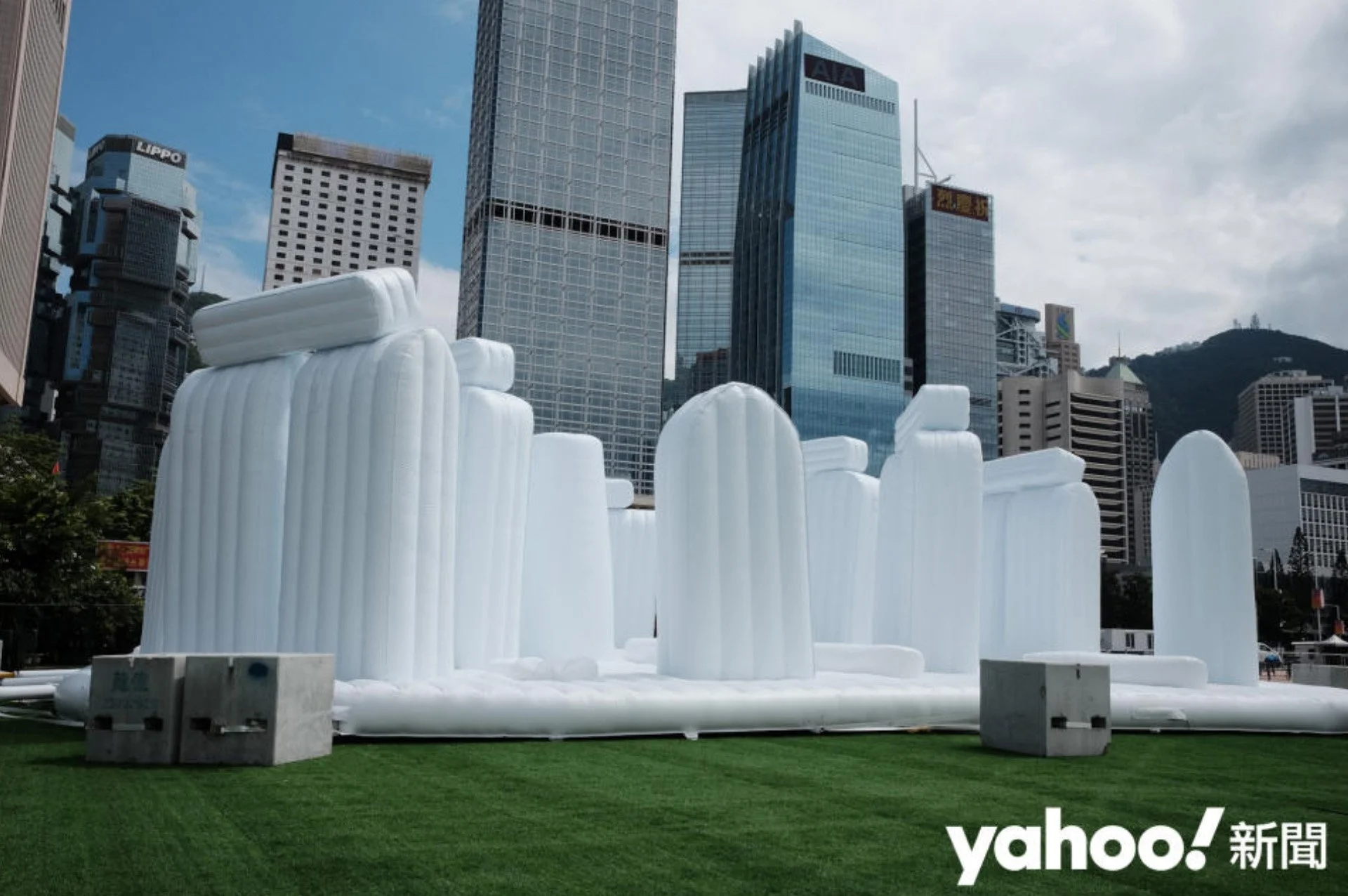Artistic Turmoil: The Controversial Inflatable Wonders of SummerFest in Hong Kong
Image Credit: Yahoo! News
At the heart of the recent SummerFest in Hong Kong, five major inflatable installations have sparked widespread debate. It was reported that these pieces, inspired by the internationally renowned AI artist Joann, have not only drawn attention for their creative ambition but also for their controversial execution. Despite the organizers' claims of continuous collaboration with Joann, the artist herself has expressed significant dissatisfaction with the aesthetics and proportions of the installations, describing them as "ugly" and "disproportionate."
Our previous report: Bringing Wonders to Life: Transforming AI Art in Hong Kong
Artist's Outcry
Joann, the original mind behind the 'Inflatable Wonders', has openly criticized the final artworks displayed, labeling them as visually unappealing and poorly proportioned. It has been revealed that while the design concepts were indeed hers, she had not agreed to the final presentation, which she likened to "an inflatable graveyard." Her frustrations stem from the lack of consultation on the final product, which she believes has been detrimentally altered by the event's lighting choices.
Organizer's Defense
In response to the backlash, Central Venue Management (CVM), the event organizers, issued a statement late Saturday night. They clarified that Joann was not involved in the production process and had not requested approval before the exhibition's launch. Despite the artist's severe criticisms, CVM announced that the 'Inflatable Miracles' exhibition would proceed as planned, aiming to continue attracting visitors to the waterfront venue.
Public and Media Reaction
The design of the white inflatable installations has been met with mixed reviews from the public, with some comparing the illuminated structures to tombstones under special nighttime lighting effects. This section of the community has drawn unfavorable parallels between the actual installations and Joann’s original designs, intensifying the debate over artistic integrity and execution in public art installations.
Historical and Financial Context
CVM has been managing the Central Waterfront space since 2014, with a substantial monthly rent paid to the government since 2019. It is important to note that the Waterfront Affairs Committee does not govern the events organized by CVM. This backdrop highlights the operational independence of CVM and raises questions about the oversight of public art projects and their financial undertakings.
Artistic Intent vs. Commercial Execution
Joann expressed her initial excitement about bringing AI-inspired art into reality; however, the execution has left her deeply disappointed. She reiterated that the lack of her approval prior to the exhibition led to the controversial outcome, distancing herself from the current portrayal of her artistic vision.
Future Collaborations and Artistic Directions
Despite the current controversy, Joann remains open to future artistic collaborations within Hong Kong. She hopes for more constructive partnerships that respect artistic vision and execution, indicating a willingness to engage in projects that better align with her creative ideals.
Organizational Stance and Public Engagement
CVM, backed by a government contract for exclusive operation and management of the event space, highlighted their past successes with large-scale events. They remain firm in their decision not to halt the exhibition, emphasizing the free public access and the initial visitor turnout, which they report as reaching thousands in the first two days.
A Reflection on Artistic Collaboration and Public Display
The unfolding situation at the SummerFest serves as a potent example of the complexities involved in translating artistic concepts into large-scale public installations. The tensions between artistic intent and commercial execution invite a broader discussion on the responsibilities of organizers and the rights of artists in the dynamic landscape of public art. It is imperative that curators seek final approval from the artist before using the artist's name in any exhibition, as this demonstrates fundamental respect for the creator's vision and rights. Additionally, establishing a binding contract between the parties involved can help protect the artist's rights and provide a clear framework for resolving disputes. Such measures ensure that artistic integrity is preserved and that the collaboration between artists and organizers is grounded in mutual respect and understanding.
Source: Yahoo! News

